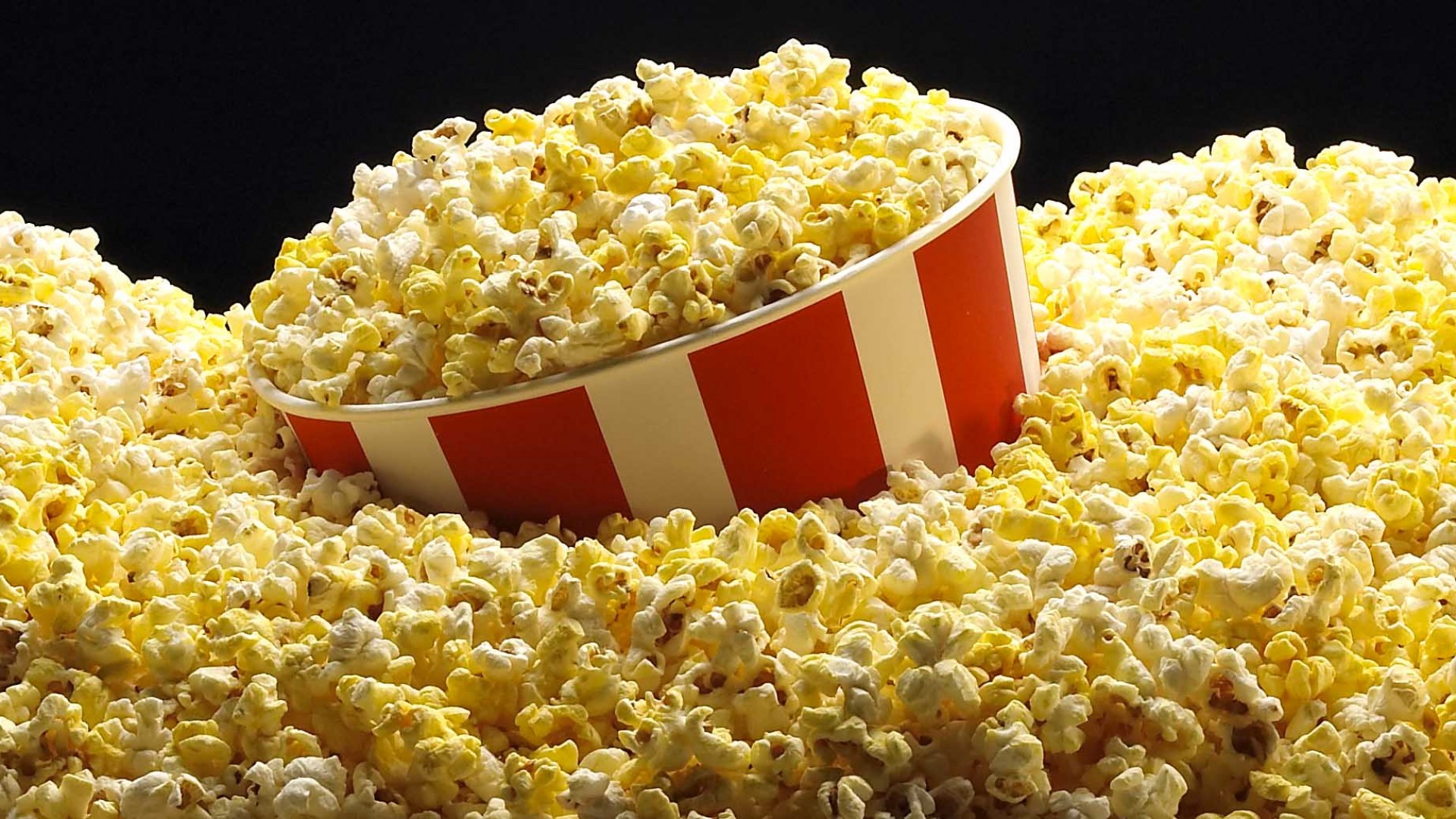
Okay I admit it, I love concession stands. A good concession stand is the heart and soul of any movie theatre. How concessions are sold and presents tells me the level of thought and seriousness a theatre operator has toward his/her business.
Joe Chabot, who sadly has passed of Major Cinema brought style and innovation of the business of concessions, streamlining the process and widening the base of product offered to consumers. He was a pretty neat guy. He innovated self serve popcorn, had bulk candy and removed the carpet in the theatre for maintenance issues. While I may not agree 100% with his approach, he did innovate and he always wanted to shake things up for the consumer. Kind of an inspiration.
The origins of the concessions stand was not the domain of theatre owners. Concession stands were not originally operated by the movie theaters, and the food was often sold by people attending the film or by vendors outside of the theater.
Movie theaters were not overly receptive to food in their facilities, but during the Great Depression, theaters added concession stands as a way to increase revenue during the downturn in the economy. By the 1930s, concession stands were a main fixture in many theaters. During World War II as a result of the sugar rationing , candy was scarce at concession stands , and popcorn became more popular than before.
In the late 1940s, and early 1950s, as movie ticket sales were down, sales of food and their variety at concession stands increased.
It is well known that concession sales are a more than important factor in the movie theatre business. For theatre goers, popcorn, sodas, candy and other items are a perfect compliment to the movie going experience. To exhibitors, concessions provide a needed additional source of revenue that does not be have to shared with movie distributors (even though they want to try to get their piece).
A rule of thumb for movie exhibitors is to increase attendance because this increases the sales of concessions, which have a high margin. If a theater raises a ticket price by one dollar, the distributor gets about half of that. But, if the theater raises the popcorn price by one dollar, it gets the whole dollar.
.
Indeed, movie exhibition houses relies on concession sales to keep their businesses thriving. Although concessions traditionally account for only about 20 percent of gross revenues, they represent some 40 percent plus of a movie theatres ‘ profits.
Recent research has found that there is a method to theaters’ madness regarding high prices for concessions and one that it really benefits the viewing public. By charging high prices for concessions, theatre houses are able to keep ticket prices lower, which allows more people to enjoy the silver-screen experience.
This seems, to answer the age-old question of whether it’s better to charge more for the movie ticket or popcorn. Putting the business model more reliant on concessions, opens up the chance for dollar conscious movie-goers to see movies. That means more customers coming to theaters in general, and a nice profit from those who are willing to buy the three dollar plus candy.
We all know that movie theatres rely solely on concession sales to keep their businesses viable. Although concessions account for only about 20 percent of gross revenues, they represent some 40 percent of theaters’ profits. That’s because while ticket revenues must be shared with movie distributors, 100 percent of concessions go straight into an exhibitor’s coffers.
It is odd that concession sales on a percentage basis were higher during low attendance periods giving us awareness of the base of hard-core moviegoers willing to see any kind of movie, the good, the bad and the ugly were willing to always purchase high-priced popcorn . This also leads to the logic that the theatre could have charged them a higher price for the ticket.”
This hard-core group does not represent the average movie viewer. While movie fanatics might be willing to pay, $15 for a movie ticket, a theater that tried using that pricing strategy would soon find itself closing its doors.
People who show up only for good or commercially popular movies eat less popcorn, that means that the total they pay is substantially less than that of people who will come to see anything. If you want to bring more consumers into the market, you need to keep ticket prices lower to attract them.
An interesting trend has emerged in Europe. Moviegoers who purchase their tickets over the internet also tend to buy more concession items than those who purchase them at the door, by phone, or at some kind of kiosk like an ATM . This suggests that theaters may want to be sure to partner with an internet service to make such ticketing available—or even take the function in-house.
Groups who see movies together in packs, tend to buy more concessions, more families more concession sales.
In my own personal experience running drive-ins and theatre, something simple like selling candy off a counter and not from under a candy case provides a theatre owner up to a 20% percent rise in candy sales. This highest percent of concession sales I have seen at a drive-in theatre has been 65% of box office, making concessions the prime product for those ozone operators.
Think about shaking up your concession programs, it may prove very worthwhile.
